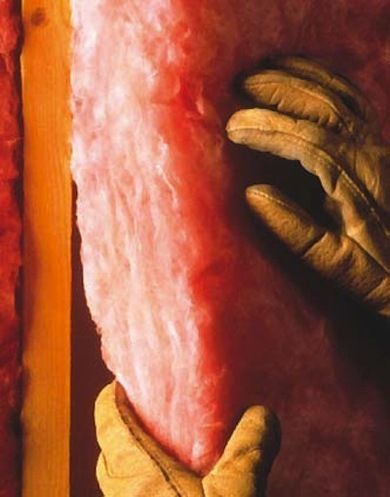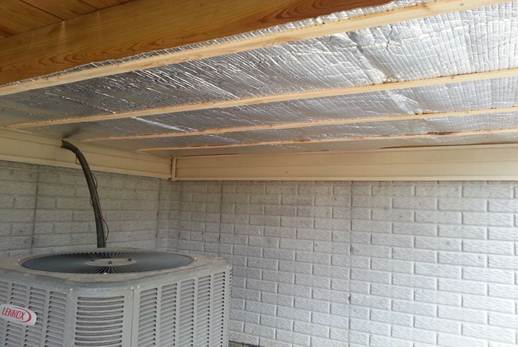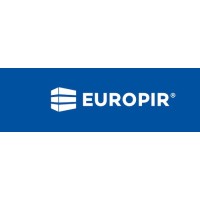How to Choose between Foil and Fibreglass Insulation


Insulation Materials Comparative Review
Making the final (and right) choice in insulation material is never easy and simple, due to the fact that there are many things that need to be taken into account, in order of choosing the most efficient solution. All available insulation products have their pros and cons, depending on the area they are installed in, the external factors, the climate region, level of humidity, accessibility of the space being insulated and much more. This is why it is important to consider every aspect of insulation before making the final decision, since otherwise you risk ending up with a costly project on your hands that is not serving the purpose it should. The first thing we need to emphasize that there are no “good” and “bad” insulation materials, since each product has its advantages and deficiencies when compared to an alternative, but a general comparative review can help you understand that certain materials, as efficient as they may be, are not always the best solution, due to some additional facts that need to be considered. In order of making your life easier, we shall try to explain how to choose between foil and fiberglass insulation.
About Fiberglas and Foil Insulation
Fibreglass (or glass wool) is among the most popular insulation materials popular, and among the most widely used products all around the world. Its composure and easy installation, but also its diversity (since it can be installed in almost any space) is the probably the reason. It is made from fine glass fibres that are bonded via a bonding agent added in the manufacturing process, usually packed in rolls or blankets why it can be installed almost anywhere – it can be rolled between roof or floor joints, onto internal walls or ceilings.

On the other hand, reflective foil insulation is growing popular due to its ability to reduce radiant heat, why it is usually used in roof and attic spaces since it can reflect the radiant heat coming from the sun, so it is a great insulator during the summer. It usually comes in thin sheets or rolled foils (aluminium ones are among the most popular ones) that can be easily wrapped around joints or pipes.
In order of understanding the basic difference between these two types of insulation, apart from their composure, you will need to understand that heat is transferred in three basic ways – through convection, conduction and radiation. Well, the upper mentioned type of insulation is designed to reduce and block convective and conductive heat transfer, whilst its opponent is mostly used to block radiant heat transfer. Basically, radiant heat transfer can be blocked either through absorption (there are materials that will absorb the heat) or through reflection (by reflecting the sunrays, for example, instead of letting them pass through). Reflective foil insulation, as the name states, reflects the radiant heat, which is very important if you know that over 70% of heat loss and gain within the building envelope comes from radiant heat transfer. This makes this type of insulation very useful both winter and summertime. On the other hand, the alternative insulation is better in the words of convection and conduction heat transfer, why it is most commonly used for internal wall insulation.
The Pros and Cons
Now that you understand the basic concept of both fibreglass and reflective foil insulation, you need to be aware of their basic pros and cons.

Fiberglas
Pros of this type of insulation include the following:
- it is among cheaper insulation materials, so you will not need to plan a great deal of expenses if opting for this type of insulation;
- another fact that makes it cost-efficient is the fact that you can install it yourself, without any professional assistance;
- it is much better in preventing convective and conductive heat transfer
- it is easy to find and purchase, with a lot of available information on its characteristics and installation procedure.
Cons of fibreglass insulation, on the other hand are:
- it can be irritating for the skin and somewhat dangerous for your health, why you always need to wear complete safety equipment and make sure that the particles do not reach your lungs;
- it has no function in stopping radiant heat transfer;
- it is very susceptible to moisture, humidity and mould growth why it often requires additional protection through installation of vapour barriers and waterproofing membranes.
Reflective foil

This type of insulation has the following advantages:
- it is completely safe for your health, since it contains no harmful allergens that can pose hazard for your health;
- it is very durable, strong and lightweight;
- can be easily combined with other insulation materials;
- prevents radiant heat transfer;
- equally effective for preventing both heat loss and heat gain.
Finally, potential cons of reflective foil insulation include:
- it is initially more expensive than the alternative;
- it cannot be used for convective and conductive heat transfer;
- since not as used, it is often not easy to find so it is not as available;
- depending on the installation space and the material, it can be somewhat delicate to handle and install.
Insulation Shop offers a range of both reflective foil and glasswool insulation products, at low prices. Send your quote enquiry to info@insulationshop.co.




































































































































